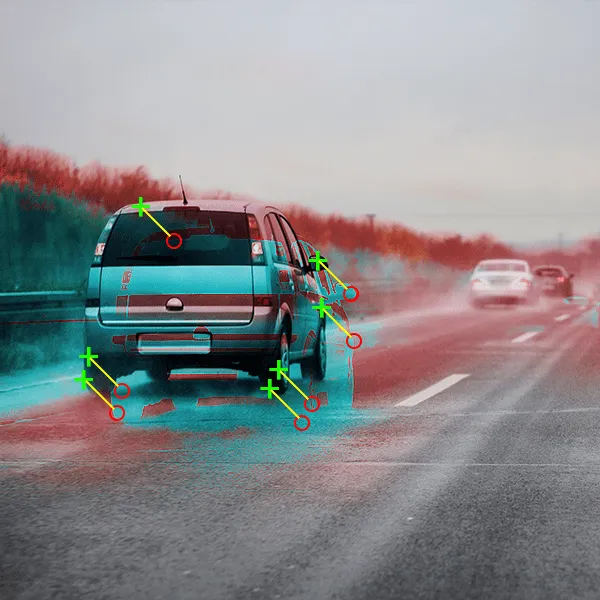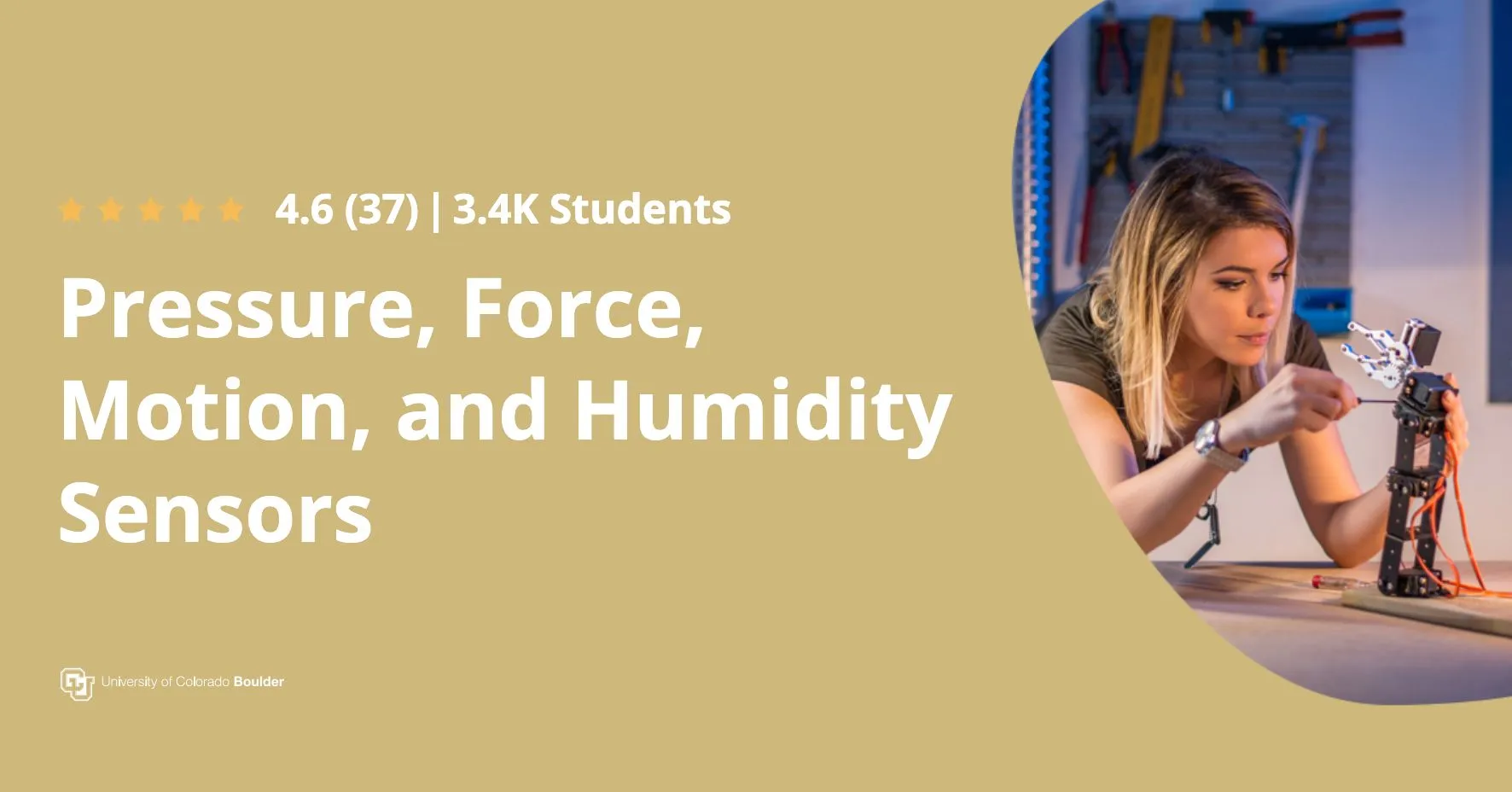
Computer Vision for Engineering and Science 
This specialization is designed to help you become a computer vision expert. Enroll now and start your journey to becoming a computer vision engineer. ▼
ADVERTISEMENT
Course Feature
![]() Cost:
Cost:
Free
![]() Provider:
Provider:
Coursera
![]() Certificate:
Certificate:
Paid Certification
![]() Language:
Language:
English
Course Overview
❗The content presented here is sourced directly from Coursera platform. For comprehensive course details, including enrollment information, simply click on the 'Go to class' link on our website.
Updated in [June 30th, 2023]
This specialization is designed to give students a comprehensive overview of computer vision for engineering and science. Students will learn how to use MATLAB to perform object detection, train image classification models, use features to track objects and align images, detect motion in video, and implement multi-object tracking. Students will also gain an understanding of the fundamentals of computer vision, including image processing, feature extraction, and object recognition. By the end of the specialization, students will have the skills and knowledge necessary to apply computer vision techniques to their own projects.
[Applications]
Upon completion of this specialization, learners will be able to apply computer vision techniques to a variety of engineering and science applications. They will be able to use MATLAB to detect objects, track motion, and align images. They will also be able to use features to classify images and detect motion in video.
[Career Path]
Job Position Path:Computer Vision Engineer
Description:Computer vision engineers are responsible for developing and implementing computer vision algorithms and systems. They use a variety of techniques, such as image processing, machine learning, and deep learning, to extract meaningful information from images and videos. They also design and develop software applications that use computer vision algorithms to solve real-world problems.
Computer vision engineers must have a strong understanding of mathematics, computer science, and engineering principles. They must also have a good understanding of the latest computer vision technologies and be able to apply them to solve complex problems.
Development Trend:The demand for computer vision engineers is expected to grow significantly in the coming years. This is due to the increasing use of computer vision in a variety of industries, such as healthcare, automotive, and robotics. As computer vision technology continues to evolve, computer vision engineers will be needed to develop and implement new algorithms and systems. Additionally, computer vision engineers will be needed to develop software applications that use computer vision algorithms to solve real-world problems.
[Education Path]
The recommended educational path for learners is to pursue a degree in Image Processing for Engineering and Science. This degree typically requires a minimum of a Bachelor's degree in a related field such as Computer Science, Electrical Engineering, or Mathematics. The degree program will cover topics such as image processing algorithms, image analysis, computer vision, machine learning, and deep learning. Students will also learn about the fundamentals of digital image processing, including image acquisition, image enhancement, image restoration, image segmentation, and image compression.
The development trend of this degree is to focus on the application of image processing in various fields, such as medical imaging, autonomous vehicles, robotics, and computer vision. Students will learn how to use the latest technologies to analyze and process images and videos, and develop algorithms to solve real-world problems. Additionally, students will gain an understanding of the ethical implications of image processing and the importance of data privacy.
Course Provider

Provider Coursera's Stats at AZClass
Discussion and Reviews
0.0 (Based on 0 reviews)
Explore Similar Online Courses

Food & Beverage Management

Introduction to Data Signal and Image Analysis with MATLAB

Python for Informatics: Exploring Information

Social Network Analysis

Introduction to Systematic Review and Meta-Analysis

The Analytics Edge

DCO042 - Python For Informatics

Causal Diagrams: Draw Your Assumptions Before Your Conclusions

Whole genome sequencing of bacterial genomes - tools and applications

Pressure Force Motion and Humidity Sensors

Appliance Testing Fundamentals


Start your review of Computer Vision for Engineering and Science